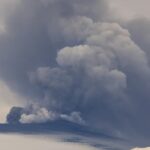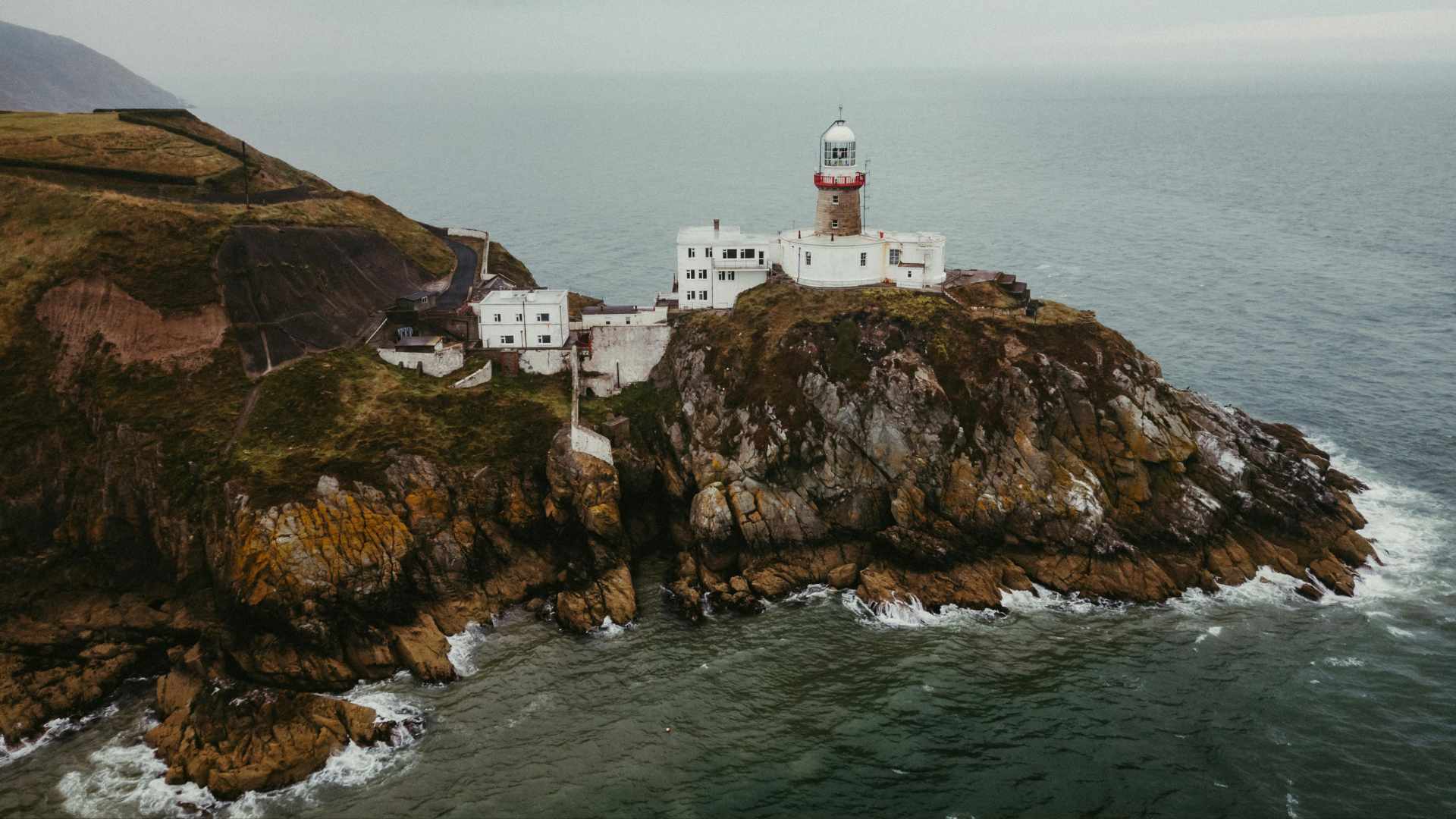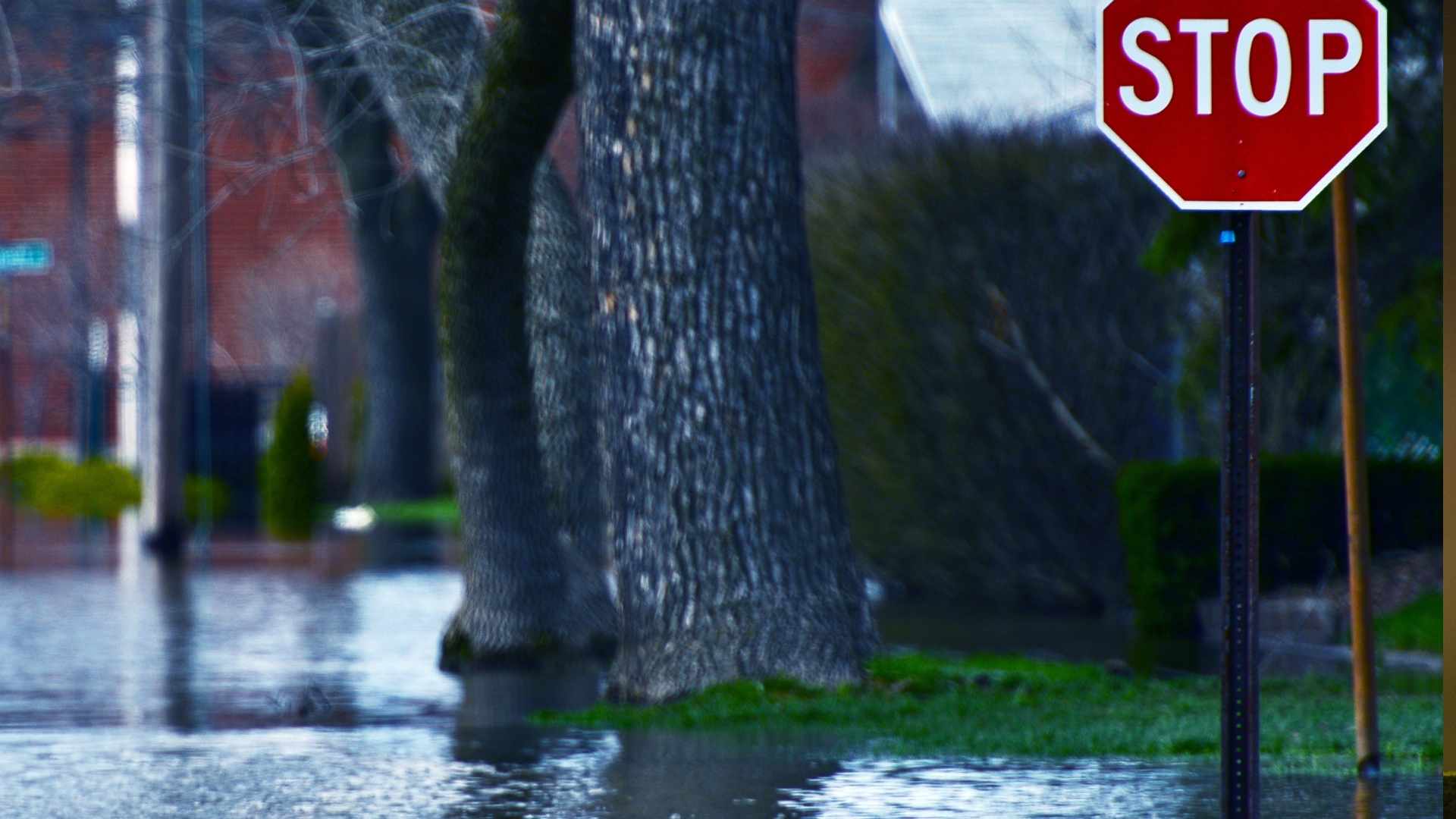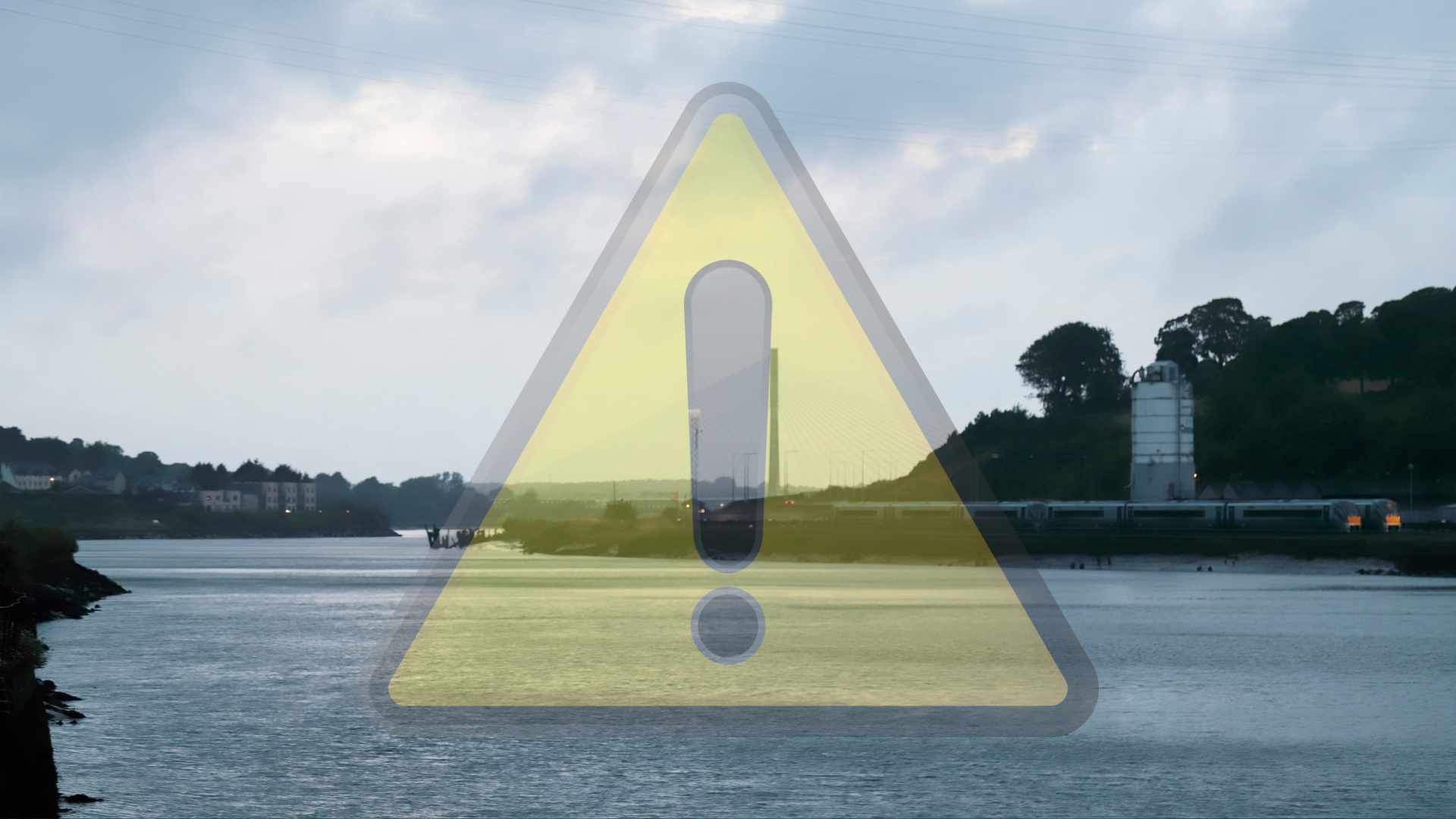
Storms Don’t Check the Calendar, but Fridays Lead the Pack
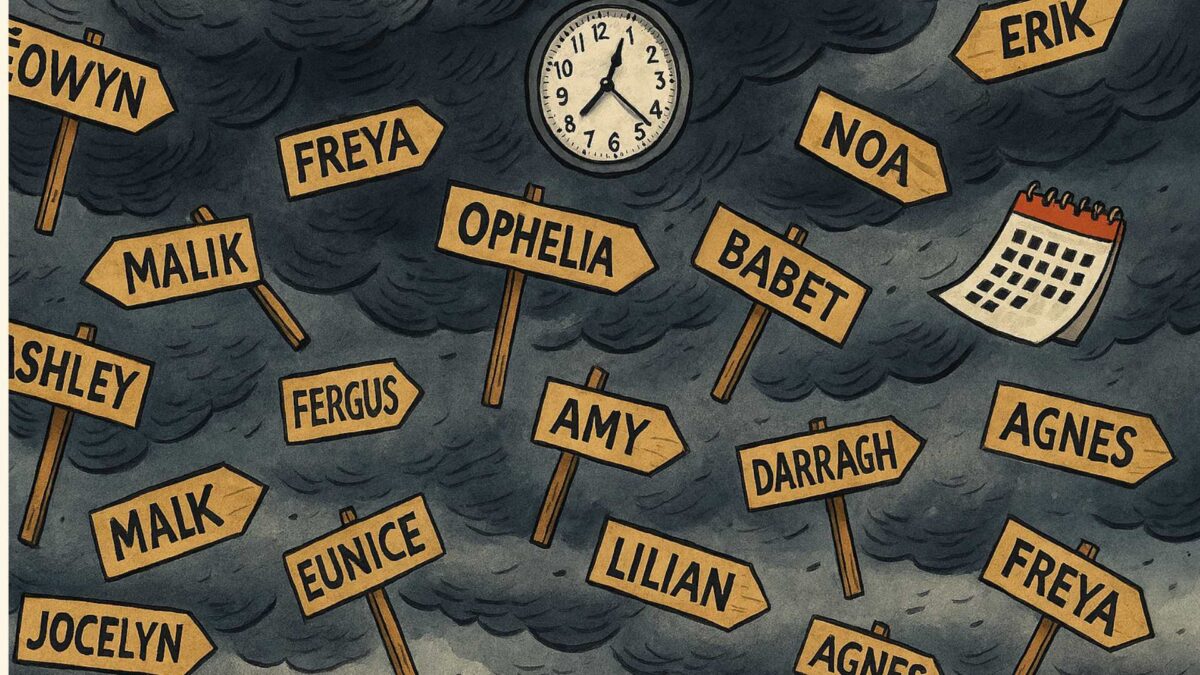
An individual posted on social media platform X on Friday claiming they were “genuinely convinced storms only ever hit on weekends.” The post quickly went viral, attracting thousands of likes and shares, more than 370,000 views, and a string of supportive comments. The reality, however, is rather less dramatic.
Genuinely convinced storms only ever hit on weekends
— Ethan (@EthanOsafc) October 3, 2025
Named storms for Ireland and the UK were introduced in 2015 through a joint initiative by Met Éireann and the UK Met Office to raise public awareness of severe weather. The system, initially a pilot program, was intended to help people prepare for storms that could trigger Orange or Red level impacts, complementing the long-standing Atlantic storm warnings.
Since then, 83 named storms have affected the region. If the weekend is defined as Friday to Sunday, it is technically correct that more storms occur at the end of the week than during the working week. 40 named storms have taken place between Monday and Thursday, and 43 occurred at the weekend. Friday has emerged as the most common day for a named storm, accounting for 17, or roughly one in five, while Monday is the least common, with just 6, or one in 14, named storms recorded over the last decade.
Something that may lend itself to the theory that named storms “only ever hit on weekends”, could be down to the fact that 8 of the last 13 names storms since the beginning of 2024 have occurred at the weekend (Fri-Sun), with 3 (Darragh, Éowyn, Amy) of the last 4 storms occurring on a Friday.
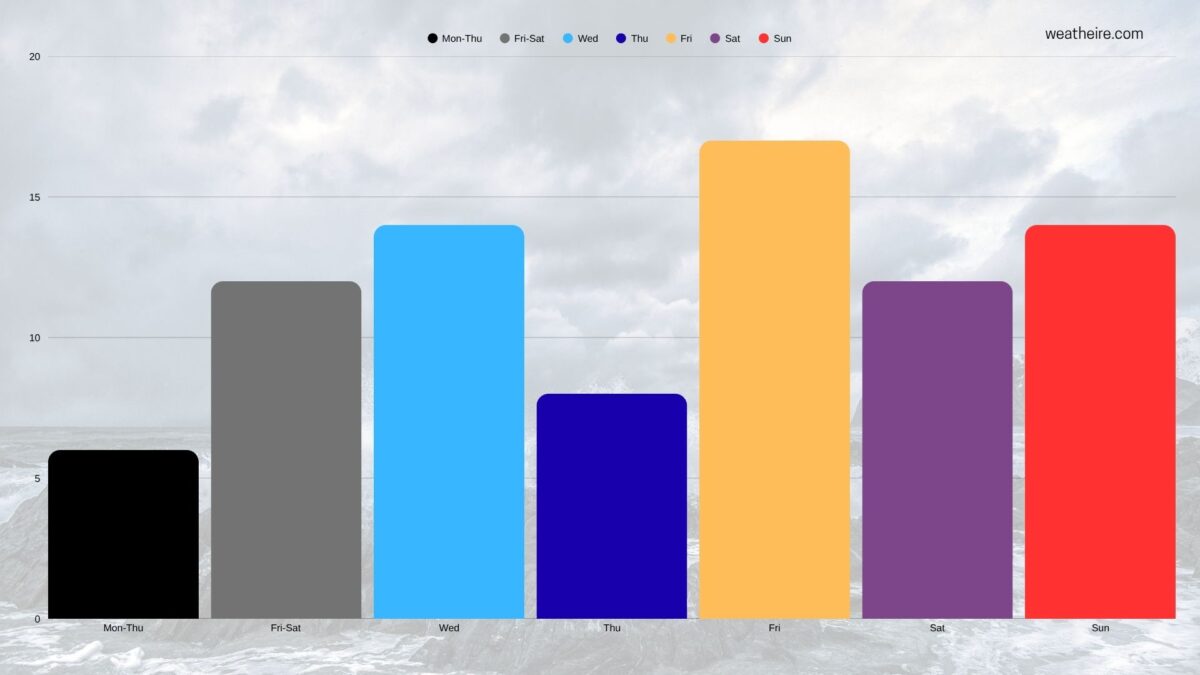
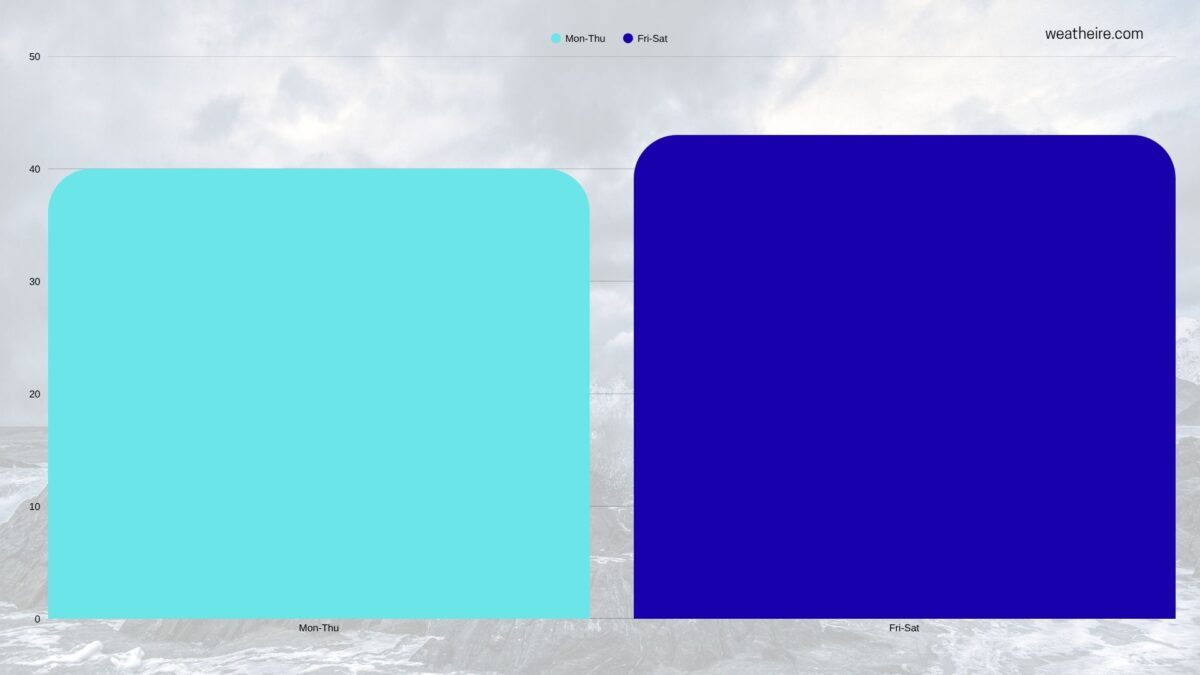
There is no scientific basis for the occurrence of storms to occur on one particular day over another. To suggest otherwise is not based on the facts or logic. Some studies have suggested links between weekday air pollution and increased storm activity, such as hail and tornadoes, in certain regions, but this principle does not apply to Atlantic storms affecting northwest Europe.
Storms that impact Ireland typically form over the North Atlantic, where contrasting air masses collide. Cold air from the Arctic meets warmer, moist air from the subtropical Atlantic along the polar front, creating low-pressure systems that strengthen as they move eastward. Warm waters from the Gulf Stream supply additional energy, while the high-altitude jet stream guides the storm toward Ireland and can intensify its winds. By the time these systems reach Irish shores, they often bring strong winds, heavy rain, and high seas, particularly along the western and northern coasts. Once inland, they usually weaken as they lose their oceanic moisture, although some can linger, producing prolonged periods of rain.
The full 2025/26 named storm list includes Amy, Bram, Chandra, Dave, Eddie, Fionnuala, Gerard, Hannah, Isla, Janna, Kasia, Lilith, Marty, Nico, Oscar, Patrick, Ruby, Stevie, Tadhg, Violet, and Wubbo. Letters Q, U, X, Y, and Z are excluded, following the naming convention of the US National Hurricane Center.



